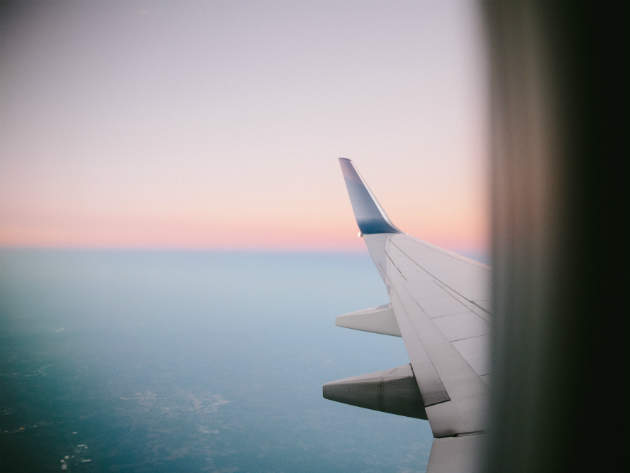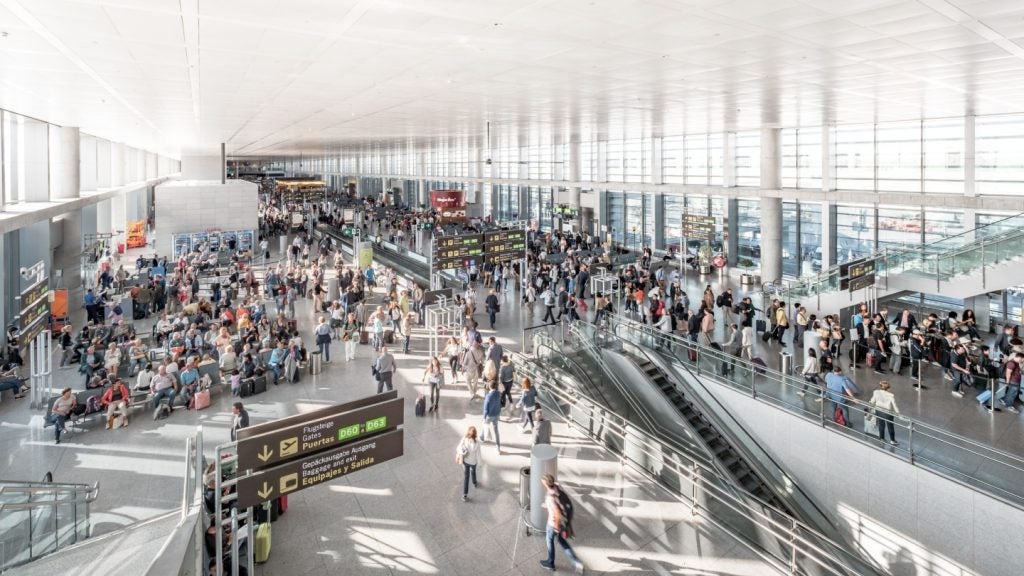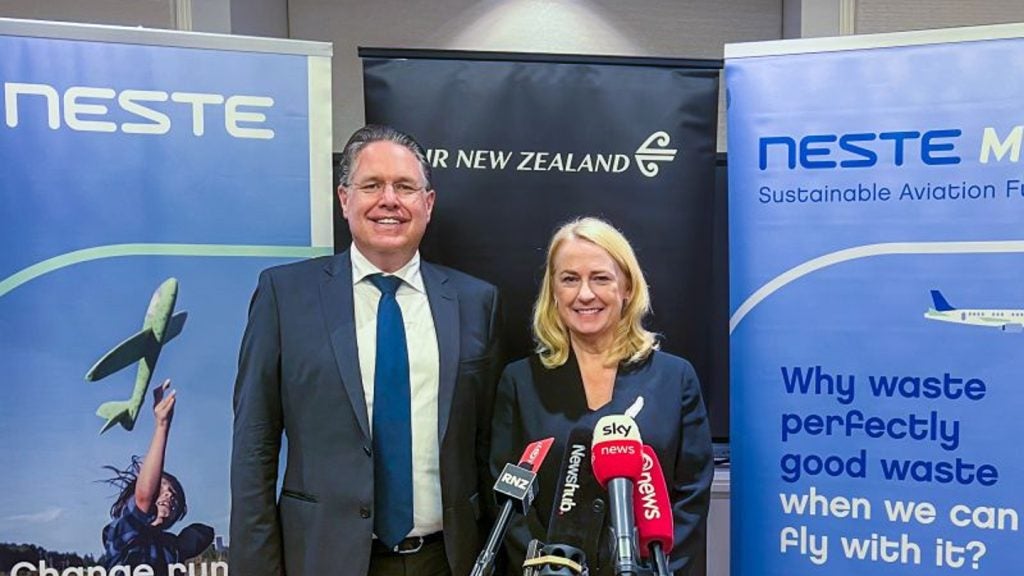
In March, the Australian Competition and Consumer Commission (ACCC) released its annual report, which monitors the quality, prices, costs and profits of the country’s four biggest airports: Brisbane, Melbourne, Perth and Sydney.
The Commission’s findings revealed that the airports are collecting more revenue for each passenger on average than they were a decade ago. Over this time, the four airports collected an extra AUS$1.57bn from airlines over and above what they would have collected had revenue per passenger remained constant in real terms.
The necessity behind price monitoring comes from the assumption that Australia’s four major airports have market power and control access to monopoly infrastructure. Equally, “airlines do not possess enough bargaining power to ensure appropriate commercial outcomes,” the report notes, hence the need for an independent lobby group.
“Price monitoring provides some transparency over the airports’ performance and allows for some general observations to be made regarding whether they are taking advantage of the lack of competition,” the report reads.
But even though ACCC’s findings can be used to inform the Australian Government, and possibly influence the outcome of certain legislation, price monitoring does not invest the Commission with any regulatory powers, nor can it restrict the airports’ decisions and operations.
As a result, Air New Zealand, Jetstar, Qantas, Regional Express, Tigerair and Virgin Australia joined forces to establish Airlines for Australia and New Zealand (A4ANZ), a new industry group dedicated to representing the interests of international, national, regional, full service and low cost carriers, as well as their passengers.
How well do you really know your competitors?
Access the most comprehensive Company Profiles on the market, powered by GlobalData. Save hours of research. Gain competitive edge.

Thank you!
Your download email will arrive shortly
Not ready to buy yet? Download a free sample
We are confident about the unique quality of our Company Profiles. However, we want you to make the most beneficial decision for your business, so we offer a free sample that you can download by submitting the below form
By GlobalDataA decade of sky-high taxes
The main finding of the report was that airports are now collecting more aeronautical revenue per passenger than they were a decade ago. This was achieved by price increases by the airports, which resulted in “sizeable additional payments by the airlines”.
Brisbane Airport collected the most revenue, at AUS$676m, followed by Sydney with AUS$475m, Melbourne with AUS$276m and Perth, AUS$142m.
This means that, compared to 2006-2007, Brisbane Airport collected 65% more per passenger, while Perth Airport boosted its figure by almost 43%, followed by Melbourne Airport with 30%. The lowest growth in revenues per passenger was registered at Sydney Airport, at just 16% over the decade.
“Despite these much higher revenues per passenger, ratings of service quality are not materially different from those seen a decade ago,” ACCC chairman Rod Sims said in press release.
Furthermore, the Commission found that the increased profit margins have come at a time when most airfares have been falling and therefore airport charges are likely to have become a more significant cost item for airlines.
On their part, the airports justified the rising costs with a number of factors, such as a slower growth in passenger numbers than expected, higher costs of running an airport in a high-security environment and high demand from airlines for the same timeslots during peak periods.
The four airports are now collecting revenues associated with 32 million more passengers than they were 10 years ago. Various infrastructure projects at all four airports over the past decade will have absorbed some of these profits too.
In response to the trend of rising profit margins, Qantas, Virgin Australia and Regional Express have been some of the more vocal proponents for increased regulation to restrict rising aeronautical charges.
Similarly, Sims has been petitioning the government for tighter regulation on the issue, and asked that ACCC be given regulatory powers over the country’s largest airports.
Airlines join forces to influence policy
Shortly after the report’s publication, Australia and New Zealand’s major airlines announced the establishment of a new industry group, called A4ANZ, whose role will be to “advocate on key public policy issues such as airport operations and efficient access to infrastructure in the interests of our passengers, staff and shareholders,” according to a press release from the organisation.
The new group, to be fully funded by its members, aims to contribute to national and international policy debates on issues such as rising airport taxes, with a priority for airport infrastructure and operations.
A4ANZ will be governed by a board comprised of one representative from each member airline, and chaired by Professor Graeme Samuel, former ACCC chairman and president of the Australian Chamber of Commerce and Industry.
“Airport cost and congestion continues to be a barrier to this growth and regulatory changes may be required to fix the problem,” the group said in a media statement. “Defining and assisting with the implementation of policy reforms and other measures will be the key achievement of A4ANZ.” A chief executive will be appointed “in the coming months”.
Air New Zealand CEO Christopher Luxon said that at the moment, airlines are “constrained by a legacy of under investment and over recovery at key airports.”
Regional Express executive chairman Lim Kim Hai described major airports as “all too ready to sacrifice critical regional interests”.
“Australia and New Zealand must compete for visitors on the world stage against many other attractive destinations,” Luxon said. “To be competitive we must continue to improve cost and quality in all parts of the travel experience, [and] A4ANZ will add its voice to that ambition.”
“Airport fees and charges continue to increase while airlines are offering fares at levels significantly cheaper than they were over a decade ago,” Qantas Group CEO Alan Joyce said. “A4ANZ’s goal is to achieve regulatory reform that will promote a competitive and sustainable airline industry in the interests of Australian and New Zealand travellers.”
Collectively, the four member airlines are responsible for over 90 million passenger journeys each year.





